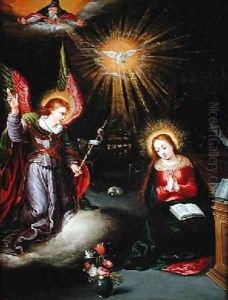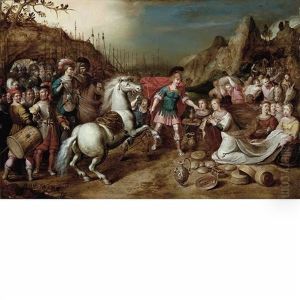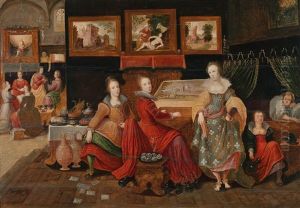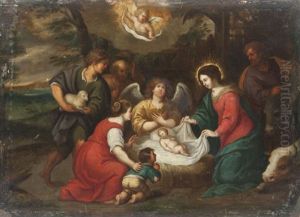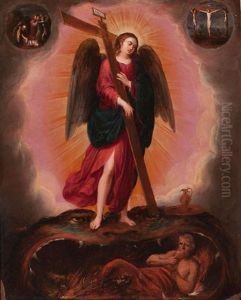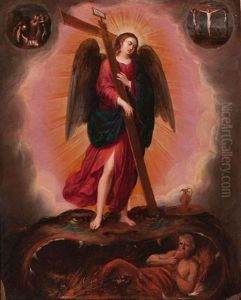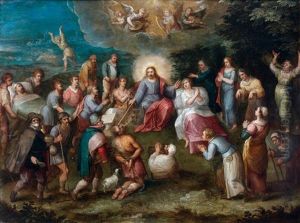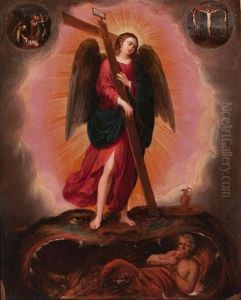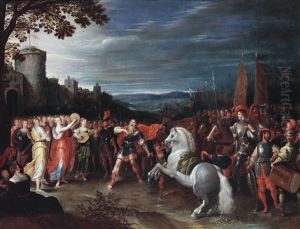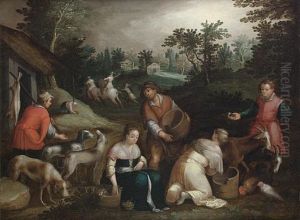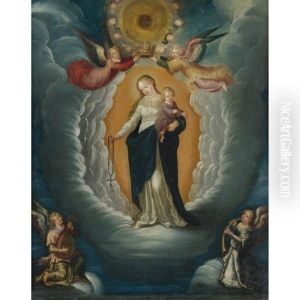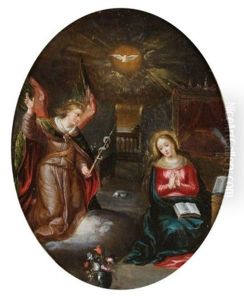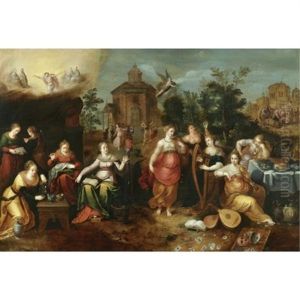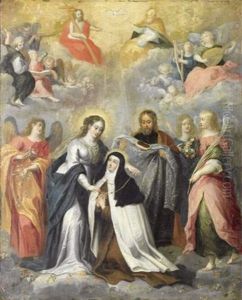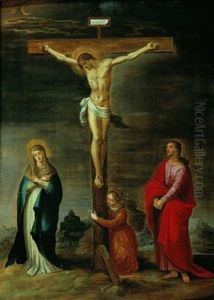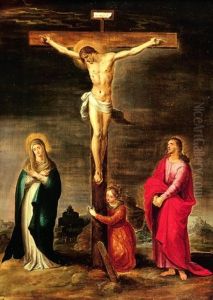Pieter Lisaert IV Paintings
Pieter Lisaert IV, also known as Peter Lysaert or Peter Lysaert the Younger, was a Flemish Baroque painter born in 1598 in Antwerp, which was then part of the Spanish Netherlands. He hailed from a family of artists; his father, Pieter Lisaert III, was also a painter, as were other members of the Lisaert lineage, contributing to the rich tapestry of Flemish art during the period.
Despite the potential for artistic influence from his family, little is documented about Pieter Lisaert IV's training or early career. It is presumed that he would have been educated in the workshop of his father or another relative, as was customary at the time for sons of artists. In the early 17th century, Antwerp was a vibrant artistic center, teeming with painters, engravers, and sculptors, which would have provided a fertile environment for his artistic development.
Pieter Lisaert IV's body of work is not well-documented, and few, if any, paintings are definitively attributed to him. However, it is known that he was a member of the Guild of Saint Luke in Antwerp, the city's association of painters, sculptors, and other artists, which he joined at some point before his death. This affiliation confirms his status as a professional artist and suggests that he was active in the Antwerp art scene.
Lisaert's death came relatively early, in 1629, when he was approximately 31 years old. The cause of his death and details about his personal life remain obscure. Due to the scarcity of surviving works and records, Pieter Lisaert IV's impact on Flemish art is difficult to assess. However, his membership in the Guild of Saint Luke indicates that he was part of the rich cultural fabric of Antwerp and contributed in some way to the artistic legacy of the era. His premature death might have curtailed a fuller understanding of his artistic achievements and influence.
In the context of art history, Pieter Lisaert IV is overshadowed by more prominent figures of Flemish Baroque painting, such as Peter Paul Rubens, Anthony van Dyck, and Jacob Jordaens. These artists defined the visual culture of the time with their dynamic compositions, dramatic use of light and shadow, and rich color palettes. While Lisaert may not have reached the same level of fame, his existence as a working artist during this period signifies the breadth and depth of talent that existed in Antwerp's artistic community.
